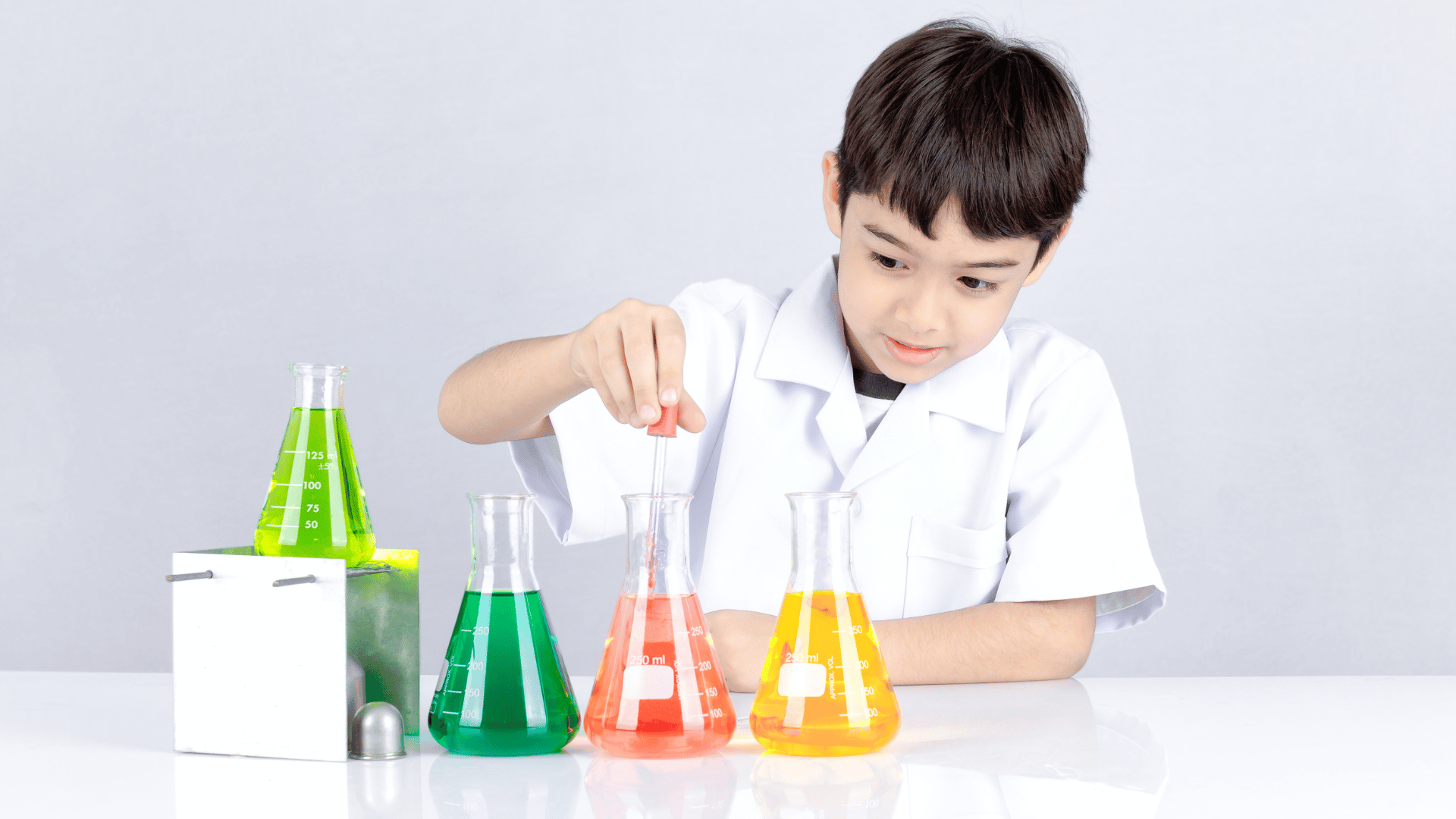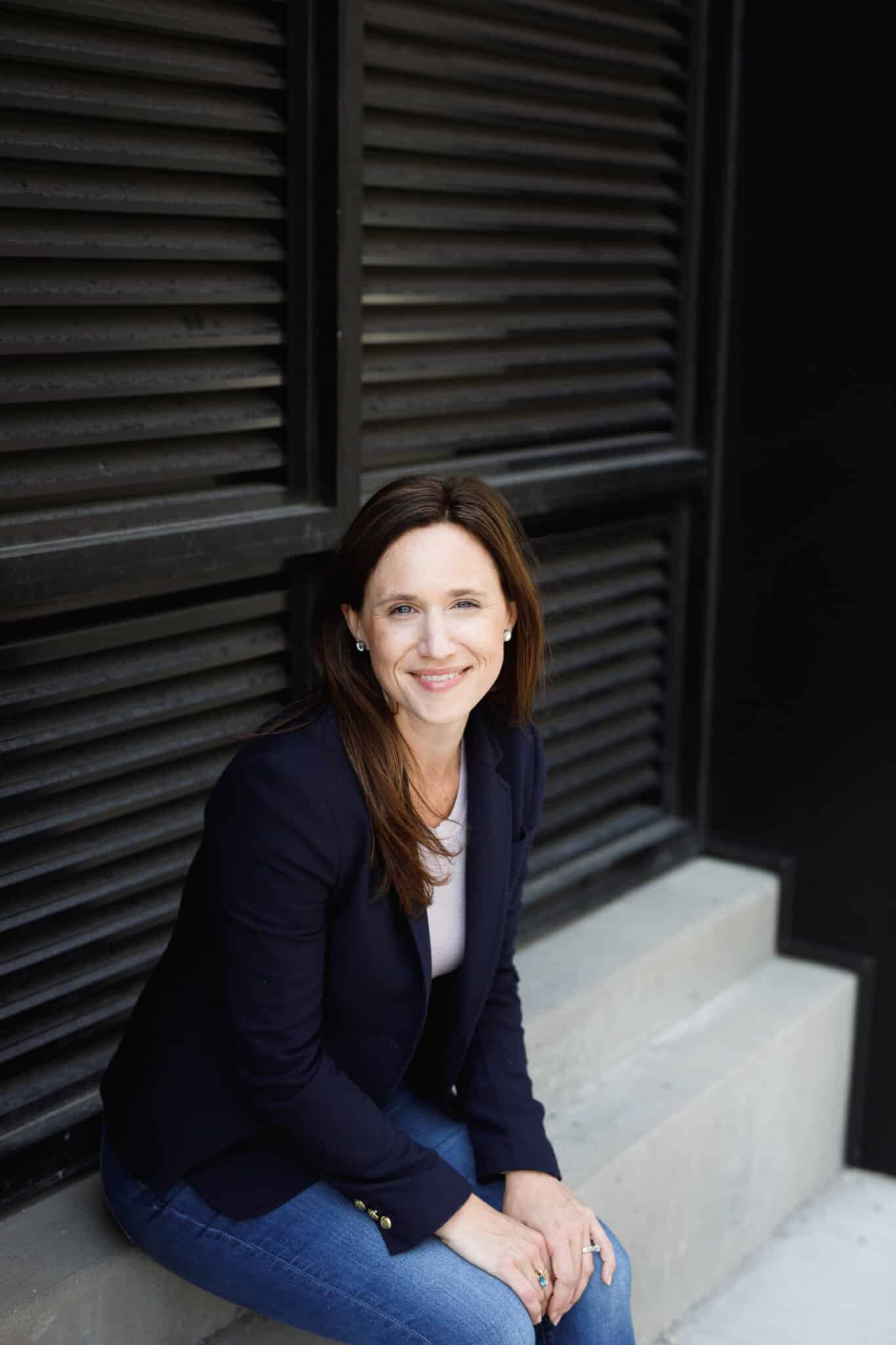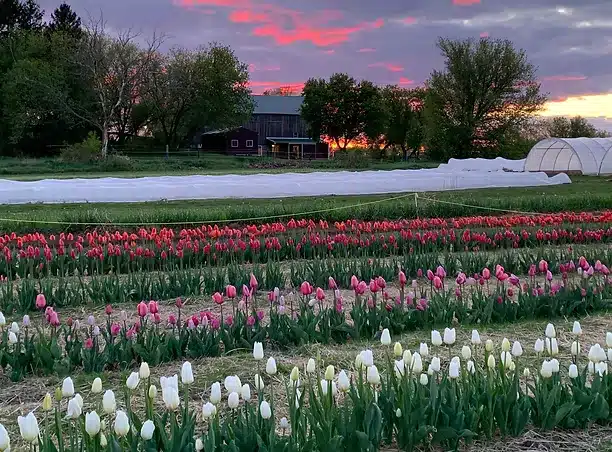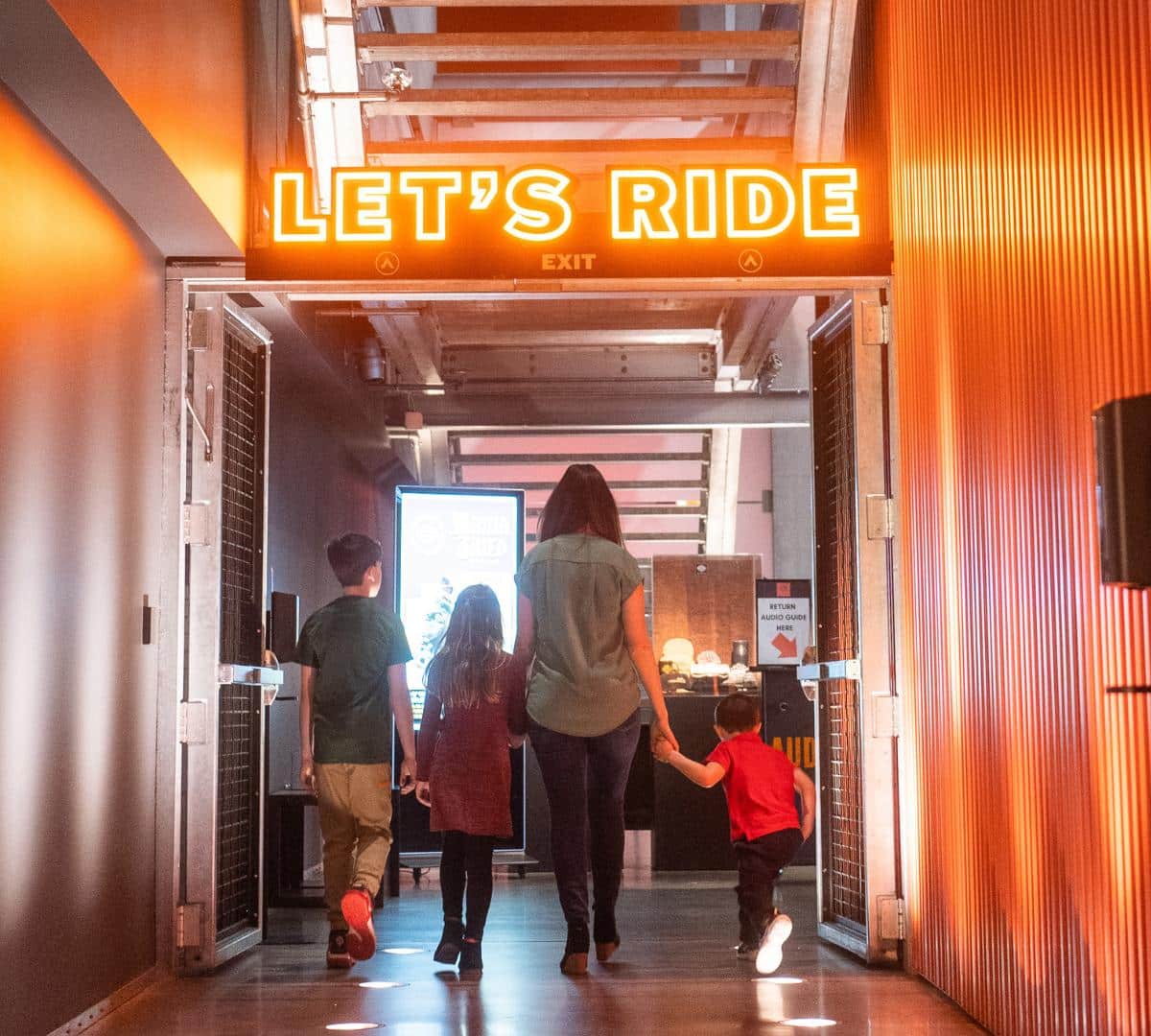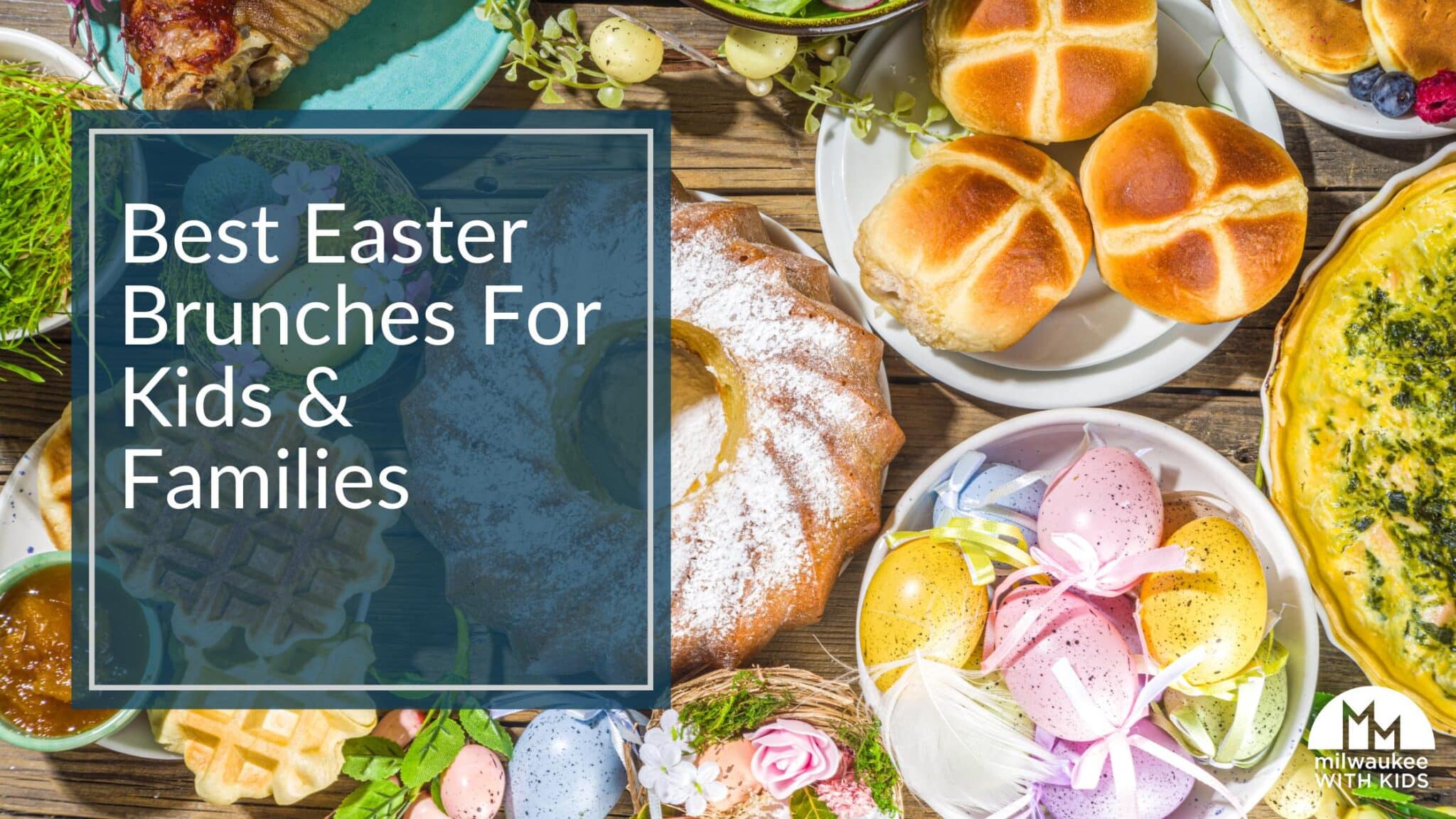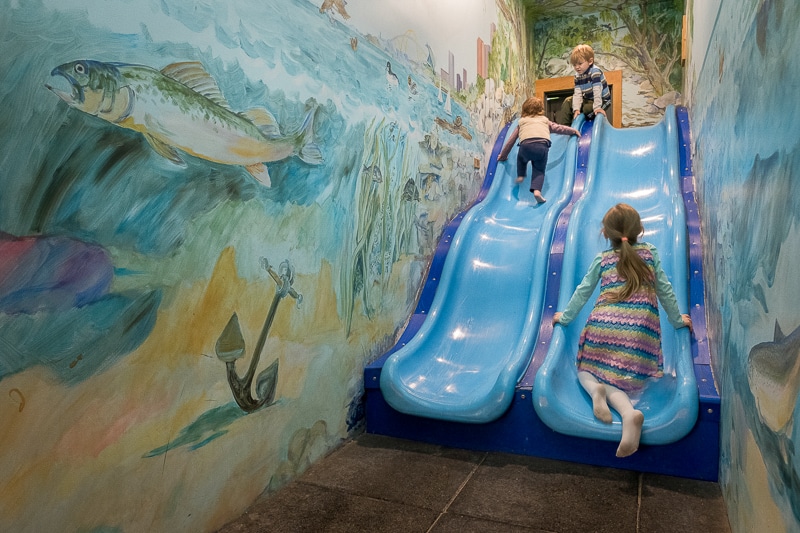If you’re looking for easy science experiments for kids to do at home, this “Sugar Water Rainbow” activity is a perfect choice! This colorful experiment is as sweet as sugar and a fantastic way to bring science to life.
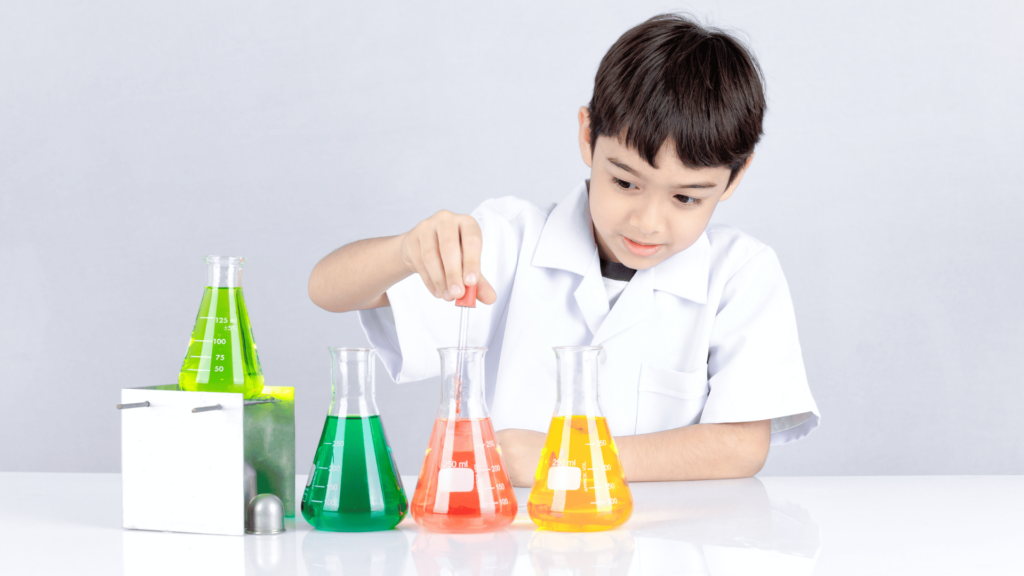
It’s a great way to introduce older kids to concepts like density and buoyancy, but can easily be modified for younger kids too. Plus, you only need common household ingredients to get started.
Ready to make a rainbow out of sugar water? Let’s dive in!
What You’ll Need:
- Food coloring (red, yellow, green, blue)
- Water (room temperature or warm)
- Sugar
- 5 cups (clear glass works best)
- Tablespoon
- Pipette or syringe (for precision)
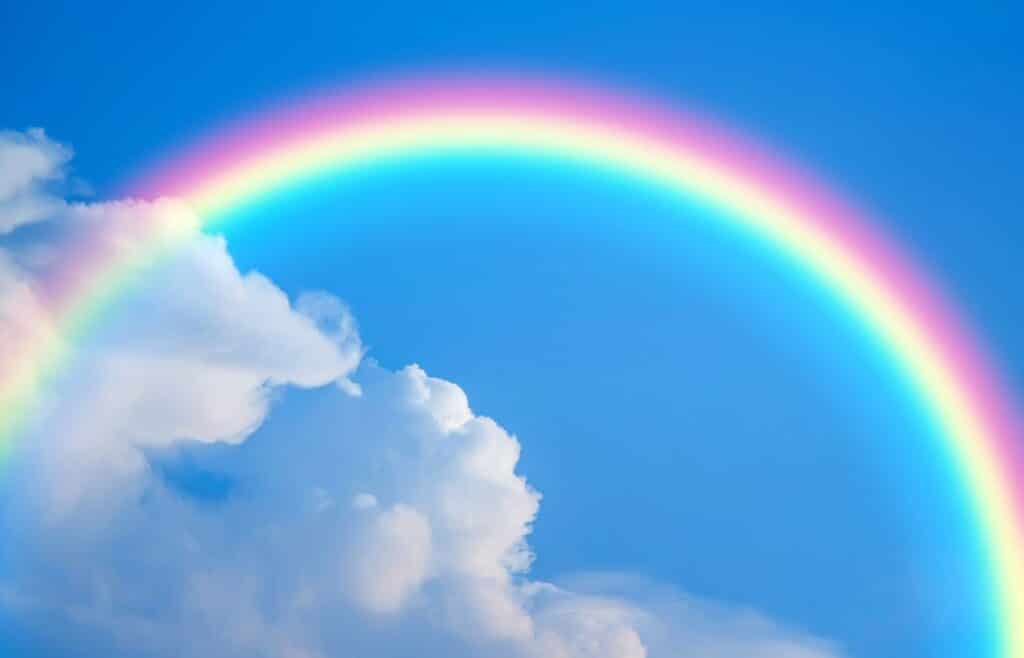
Step-by-Step Instructions:
- Prepare the glasses
Fill four glasses with an equal amount of water. Leave the fifth glass empty for now. - Add food coloring
- Add red food coloring to the first glass.
- Add yellow food coloring to the second glass.
- Add green food coloring to the third glass.
- Add blue food coloring to the fourth glass.
- Add sugar
- In the red glass (first), don’t add any sugar.
- In the yellow glass (second), add 1 tablespoon of sugar.
- In the green glass (third), add 2 tablespoons of sugar.
- In the blue glass (fourth), add 3 tablespoons of sugar.
- Stir well
Stir each solution until the sugar is completely dissolved. Warm or room-temperature water will help dissolve the sugar faster. - Layer the colors
Now, you’re ready to create your sugar water rainbow:- Using a pipette or syringe, carefully fill the empty fifth glass ¼ full with the blue sugar solution (the densest).
- Slowly add the green solution (2 tablespoons of sugar), allowing it to sit gently on top of the blue layer. Go slow to avoid mixing.
- Next, add the yellow solution (1 tablespoon of sugar), again pouring carefully to create distinct layers.
- Finally, top it off with the red solution (no sugar), which is the least dense and will float on top.
- Enjoy your rainbow!
If done carefully, the colors should stay separate, creating a beautiful rainbow in a glass.
The Science Behind the Rainbow:
This experiment demonstrates how density works. The blue water (with 3 tablespoons of sugar) is the densest, so it sinks to the bottom. The red water (with no sugar) is the least dense, so it floats on top. By carefully layering the different densities, you prevent the colors from mixing, creating a striking rainbow effect.
Tips for Success:
- Pour slowly and steadily when layering the solutions to keep the colors separate.
- Using a pipette or syringe gives you more control over the layers.
What’s Happening?
This experiment is not only visually stunning, but it also demonstrates important scientific concepts:
- Density: This refers to how much mass is packed into a certain amount of space (volume). In this case, each cup has the same volume of water, but the ones with more sugar have a greater density because they contain more dissolved sugar particles.
- Buoyancy: This is what causes objects (or, in this case, liquids) to float. A less dense solution (like the plain water) will float on top of a denser one (sugary water). This is why, as you layer the colors from least to most sugar, they don’t mix!
The sugary water with the most sugar sinks to the bottom of the straw, while the less dense (less sugary) water sits on top, creating a vibrant rainbow effect.
Tips for Younger Kids:
For little ones, this experiment can still be engaging with some adjustments! Let them help add the food coloring or stir the sugar. While they may not grasp the full scientific explanation, they’ll love watching the colors stack up in the straw.
Why Kids Will Love It
Kids will be amazed at how the colors stay separated, and it’s a great opportunity for them to learn hands-on science. Plus, who doesn’t love making rainbows—especially with something as simple as sugar water?
This fun science experiment is not only a great way to teach kids about density and buoyancy, but it’s also a colorful and creative way to spend the afternoon.
Have fun making your sugar water rainbows!
Related Posts:
25 Mind-Blowing Rainbow Facts For Kids
Calie Herbst, Editor-in-Chief of Milwaukee With Kids, has spent over a decade combining her experiences as a parent of three to create a hub for Milwaukee’s family adventures.
Her decade-long teaching career in Milwaukee Public Schools and academic background, including a Master’s in Teaching from Marquette University and dual B.A.s in Sociology and Spanish from the University of Wisconsin – Madison, fuel her passion for inclusive and engaging family content.
Calie is also a recognized voice in local media, contributing to WISN Channel 12 News, WTMJ Wisconsin Morning News, Fox 6’s Real Milwaukee, and B93.3.
Discover more about Calie’s journey and editorial approach on her About Page and Editorial Policy Page.


